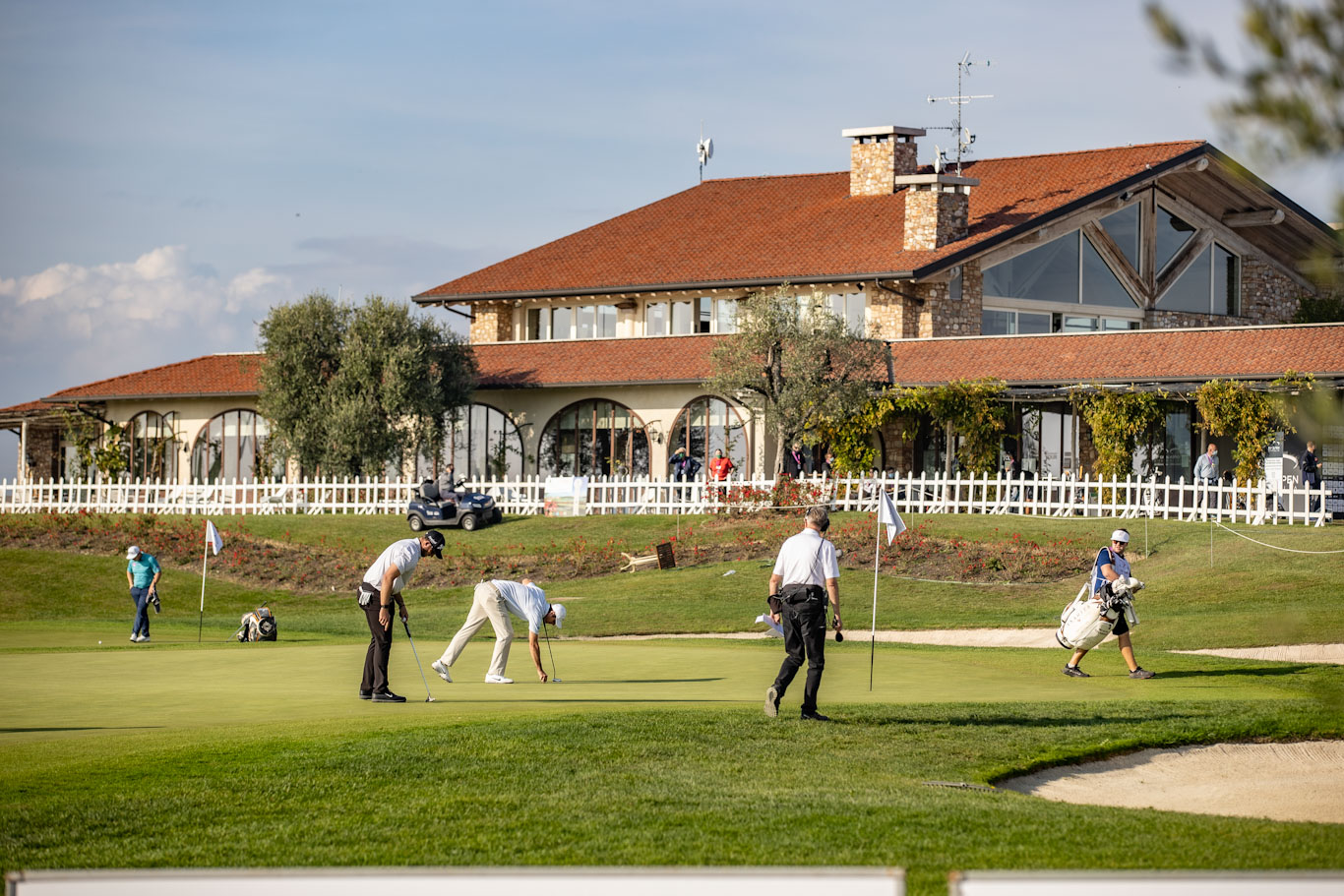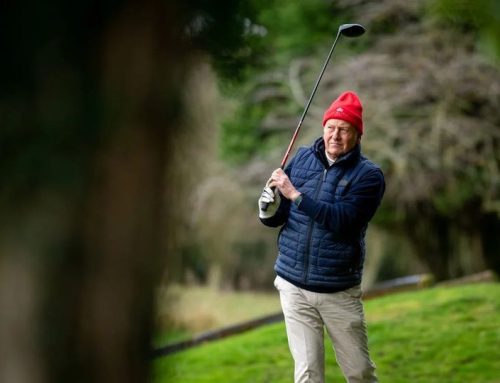Returning to golf
Last year was a fairly relaxed affair. Interclub matches were scrapped and a lot of internal competitions bit the dust too. This year, no sooner will we have hit the first tee than the competition season swings into action!
You may well have kept your steps up during the winter but the weather has hardly inspired you to stand outside and swing a club. So, while your legs may be ready for four miles round the course, how about the rest of your body and your mind? Both are as important as good equipment to ensure success on the course.
Thankfully The Times has shared some tips this week to get some rotation back into your upper body, with advice from physiotherapists Sammy Margo and Uzu Ehiogo.
You’ll need a resistance band for your first exercise. Attach a band to a door handle and sit on a chair facing it, holding the band in your left hand. Tuck your right elbow in and slowly rotate your upper spine and head to the right. Repeat ten times and then move to the left side.

Exercise to be golf ready!
For your second exercise, kneel down with your left knee raised at a right angle to the floor. Hold a golf club overhead in both hands with your arms straight. Rotate your upper body to the left eight to ten times before switching sides. This helps to maintain hip stability and increases mobility in your upper body. Make sure you have plenty of space around you.
Onto the mental game.
How to get back into that competitive frame of mind? Speaking on the BBC Sounds podcast, Don’t Tell Me The Score, Sir Nick Faldo explained the importance of picturing victory. Sir Nick spent 97 weeks as world number one and won six majors. He has gone on to design some memorable courses including Cornelia Faldo in Belek Turkey, The Faldo course at Emirates Golf Club, Dubai and the Faldo course at Amendoeira on The Algarve. He puts a lot of his success down to his powers of visualisation. In the hour-long podcast, he explains how he used to visualise himself as the winner of major championships before it happens.

Focus on what you want, rather than what you don’t.
He was an early exponent of sport psychology, focussing on what you want, rather than what you don’t.
He urges golfers not to waste time ranting about their failures. Rather think back on your round, analyse where you went wrong and work on improving that part of your game. He advises that a good way to practice this is to work on your chipping. Visualise the ball going up in the air and rolling towards the hole, rather than talking yourself out of the shot by picturing in your head the different ways the shot can go wrong. “Club golfers have just got to learn not to say don’t”, he recommends.

Positive attitude Golf Planet Holidays
He recommends slowing yourself down on the course. Slow down your breathing, walking and even speaking more slowly. This will all help your tempo and rhythm. As, for the time being, caddies are not allowed to accompany you around the course, it may be worth memorising a few of these points in readiness for that odd panicky moment on the golf course. Good luck in the matches!





